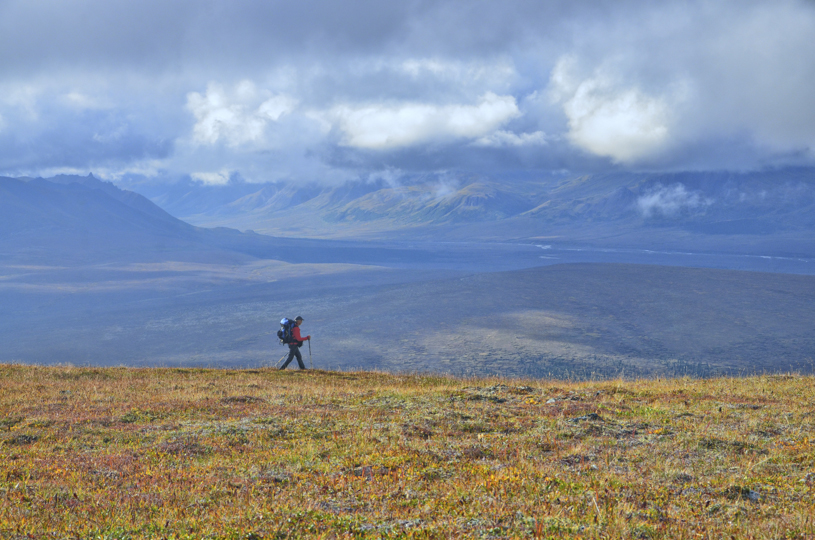Last week’s puzzler is a fungus with a complicated story, requiring two plants to complete its lifecycle– an eastern red cedar and an apple tree. It’s called cedar-apple rust fungus, or Gymnosporangium juniperi-virginianae. Try pronouncing that!
These fungi rarely cause damage to their hosts, but people with either tree can be alarmed when these odd masses suddenly make an appearance.


According to Mass Audubon, “For most of the year cedar-apple rust is hard to see. However, when spring rains moisten the hard brown kidney-shaped galls that over winter on cedar trees they develop bright orange spore horns. These are very conspicuous and make the cedar look like it’s fruiting. The spores are then blown, sometimes several miles, onto apple trees infecting young buds and leaves. Over the course of the summer the fungus matures and eventually spores are blown back to the cedar trees to overwinter as small galls.”
Next time you see these odd blobs, you’ll know what they are.
Ready for a puzzler that’s not quite so challenging? This week we’re going to look at just a small part of an animal–its face. See if you recognize it.


